6 Best Picks for the Urban Forager
Market crates and grocer’s shelves overflow, but the freshest food waits just outside your door: in sidewalk cracks, grassy lots, and along the roadside. Nature has laid out a free buffet that spreads across the city. Fill your plate with the best picks: five delicious plants found in urban spaces across the United States and Canada.
Before you go, pocket a few tips from Kevin Feinstein, a naturalist, writer, teacher, and urban foraging guide.
- Forage uphill or upstream. Find a site out of the way of runoff from parking lots, roads, and industry. Plants readily absorb toxins from urban soil.
- Avoid neatly manicured lawns and gardens. Most of the herbicides sprayed on landscaping are not approved for food.
- Follow the weeds. If a site is home to a booming population of healthy weeds, that is a good sign that herbicides have not been used.
- Enjoy the urban abundance. Urban and suburban environments actually provide the forager with much more food than the wilderness. Developed areas claim the best soil, leaving poor terrain to the wilds. Furthermore, development brings irrigation systems, and more water means more life. Finally, newcomers bring plants from around the world, offering the urban forager a diverse menu.
Looking for foraging friends? Find a foraging group near you or visit these online communities. Check local laws before you pick. Legislation varies from place to place, but public lands are usually off-limits for foraging.
“Wildman” Steve Brill, environmental educator, author, and urban foraging expert, has a word of caution for hunters of the juneberry: “They’re actually dangerous. They taste so good you can die of happiness.” To seek out this morsel of euphoria, look for leafy green bushes bearing clusters of blueberry-like fruit. Juneberry bushes like to keep their feet cool, so look for moist soil along streams and lakes. Like their cousin the blueberry, juneberries are ripe when blue-black. They wear a light powdering of pale dust and a little crown of dried bud. The fruit is sweet and the seed has a nutty flavor. Attention vegetarians and vegans: A serving of juneberries provides 23% of the recommended daily requirement of iron, so trade your supplements for saskatoons. Try drying the berries to preserve summer’s bliss for winter glooms. They are delightful in jams, tarts, and the Wildman’s vegan juneberry crème pie.
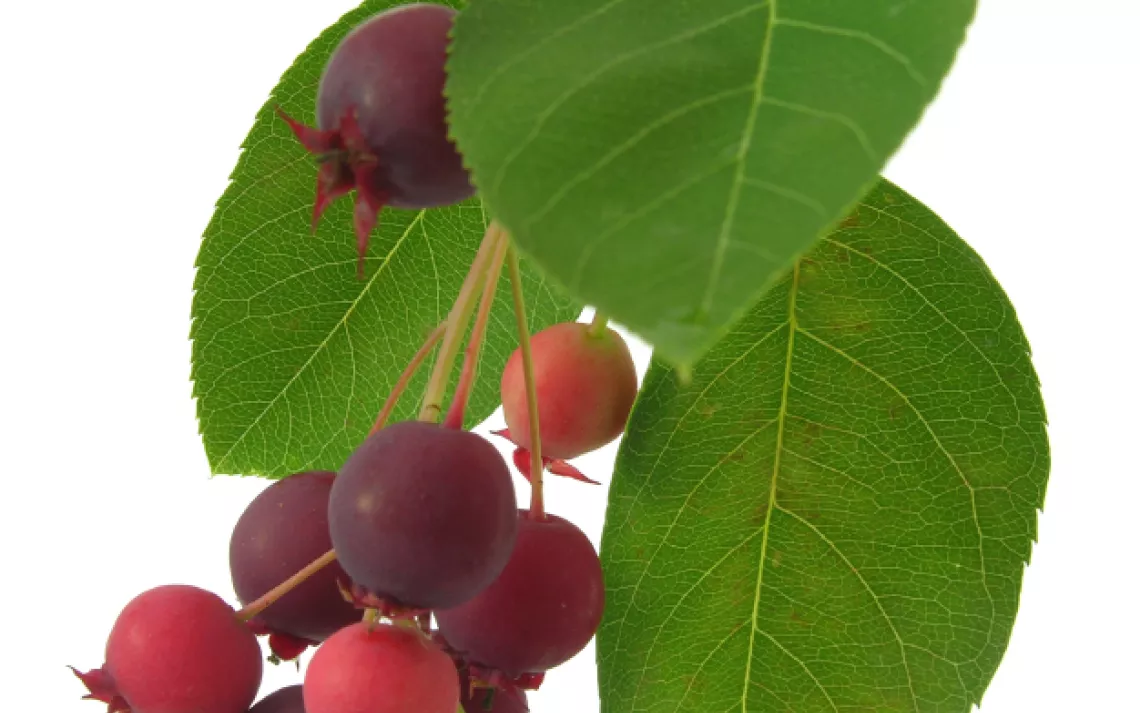
This broad-leafed ground-hugger is of no relation to the starchy fruit of a similar name. Once you learn to recognize the common plantain, you’ll find it dogging your footsteps wherever you go, in lawns, ditches, footpaths, and fields. Keep your eye out for a low-growing plant with broad leaves that send up a single seed-bearing stalk between them. The round, green leaves are ribbed with five to seven prominent veins running from base to tip. Choose the tender, younger leaves and remove the tough ribs before cooking. Wildman Steve enjoys his plantain leaves baked like kale chips. The vitamin C– and calcium-rich leaves can also be sautéed, sliced, and tossed with salad, and even sprinkled over pizza. Try serving the seedpods as you would green beans or asparagus.
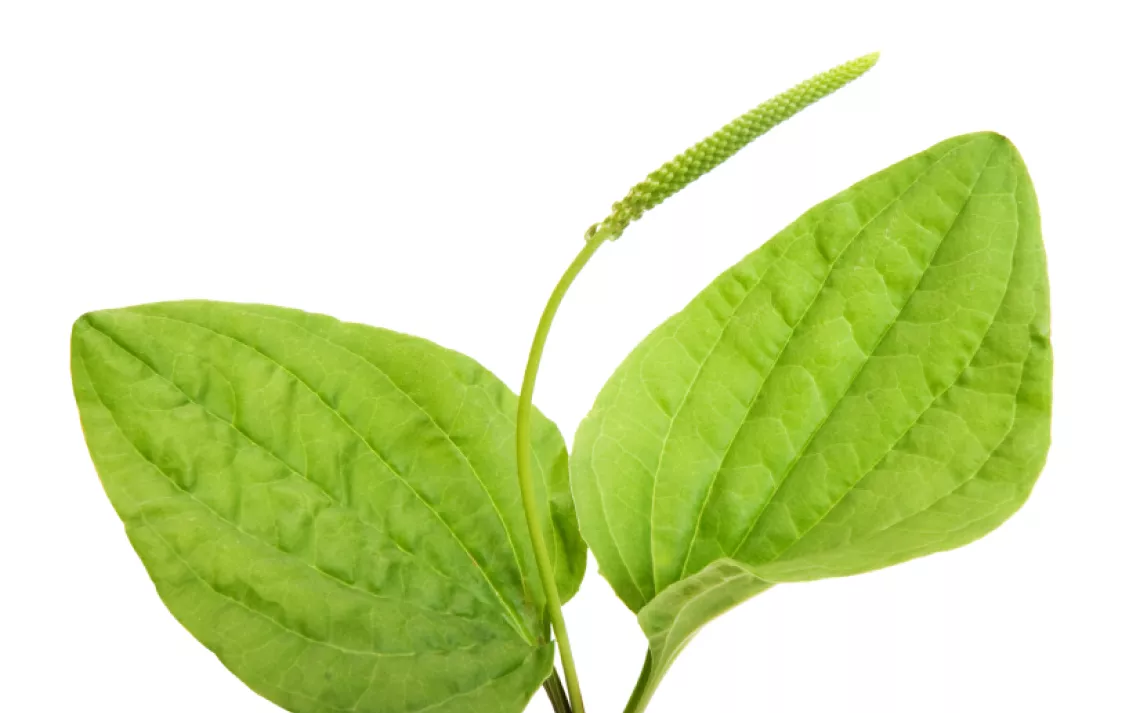
Unless you live at McMurdo station, you almost certainly know where to find dandelions. Select the youngest leaves, as dandelions grow bitter with age. Even late in the year it’s possible to find young leaves because during the gardener's ceaseless war against dandelions, fresh green forces are always being called to the fronts. Try sautéing the leaves in the Italian fashion with olive oil, garlic, and hot pepper for a brazen dish bursting with vitamins A, C, and K. The sunny flowers, bane of lawn owners everywhere, can be battered and fried. Romantics can make dandelion flower wine, which, according to old European tradition, needs the touch of the fairy folk to transform bitter petals into a sweet sip. For a full-bodied draught to start your morning, try brewing a pot of roasted dandelion root coffee.
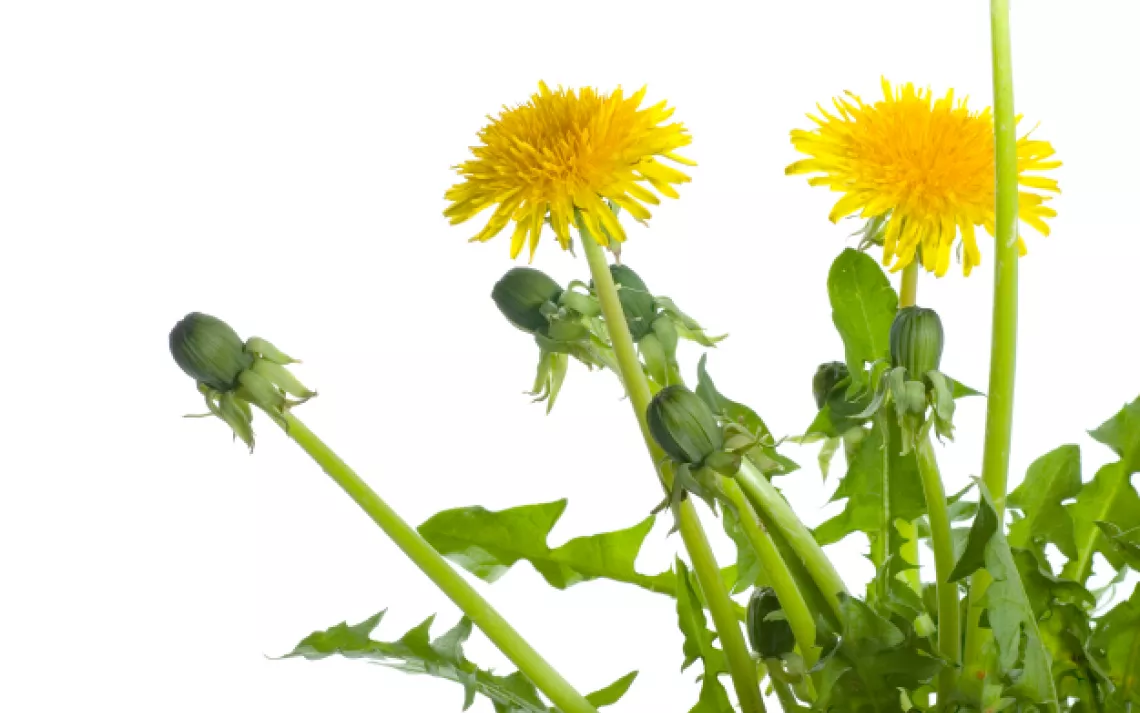
Purslane isn’t picky about where it settles its roots. You’ll spot the thick, reddish stems spreading in low rosettes from sidewalk cracks, roadside trenches, and waste ground. The fleshy, teardrop shaped leaves are the omega-3 kings of the plant realm, boasting more of the healthful fatty acids than any other leafy vegetable. With a lemony zing and a texture that falls between cucumbers and green beans, purslane’s raw leaves and stems add a lively note to salads, sandwiches, and hummus pita pockets. As at home on the side of the plate as on the sidewalk, purslane brings novelty to pesto and salsa. Feeling wild? Brill is scheming to make purslane ice cream this summer, betting that the tangy roadside urchin will provide the perfect contrast to ice cream’s sweetness.
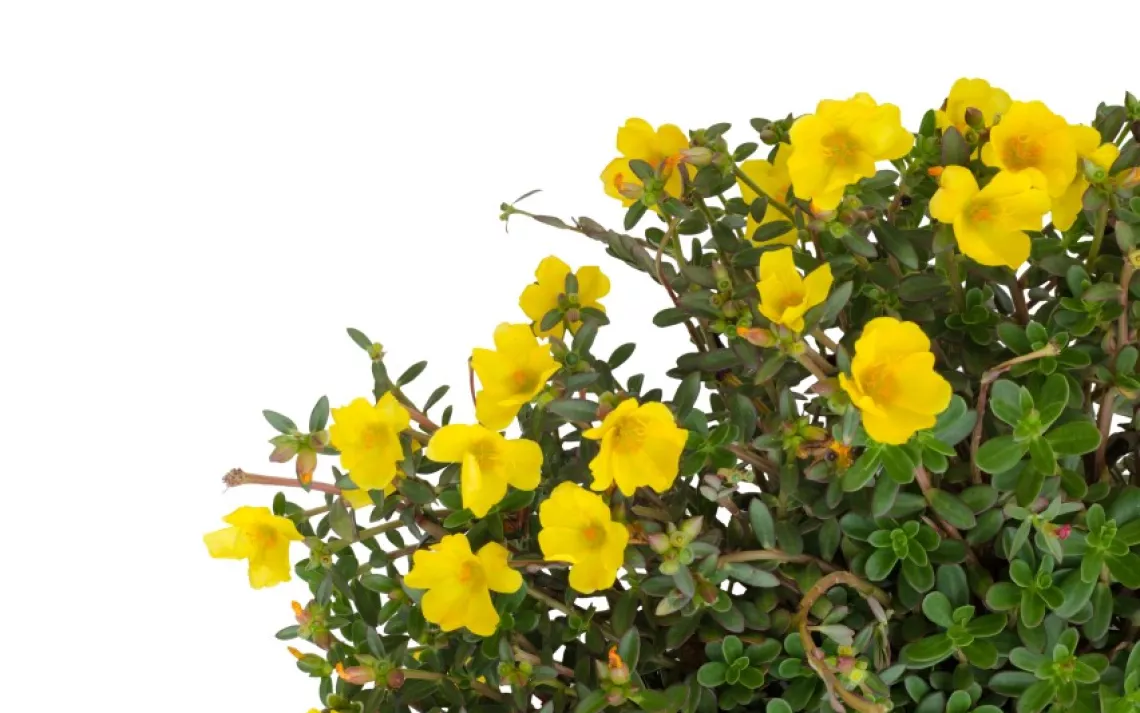
The loveliest of spring brides spreads her flowered veil over the moist soils of stream banks, roadsides, and thickets. A shrub with limbs of smooth, gray bark, the elder wears a fringed shawl of narrow, toothed leaves. Her veil branches in flat or rounded clusters of frilled white flowers. Each blossom has five petals and five spiky stamens. Elderflower is delicate, suited to charming traditional preparations like Austrian hollerküchle (elderflower pancakes) and old-fashioned English elderflower cordial. Nothing could be more refreshing on a steamy day than elderflower lemonade or elderflower mint iced tea. Give soirees a sparkling finish with elderflower sorbet or elegant elderflower mousse.
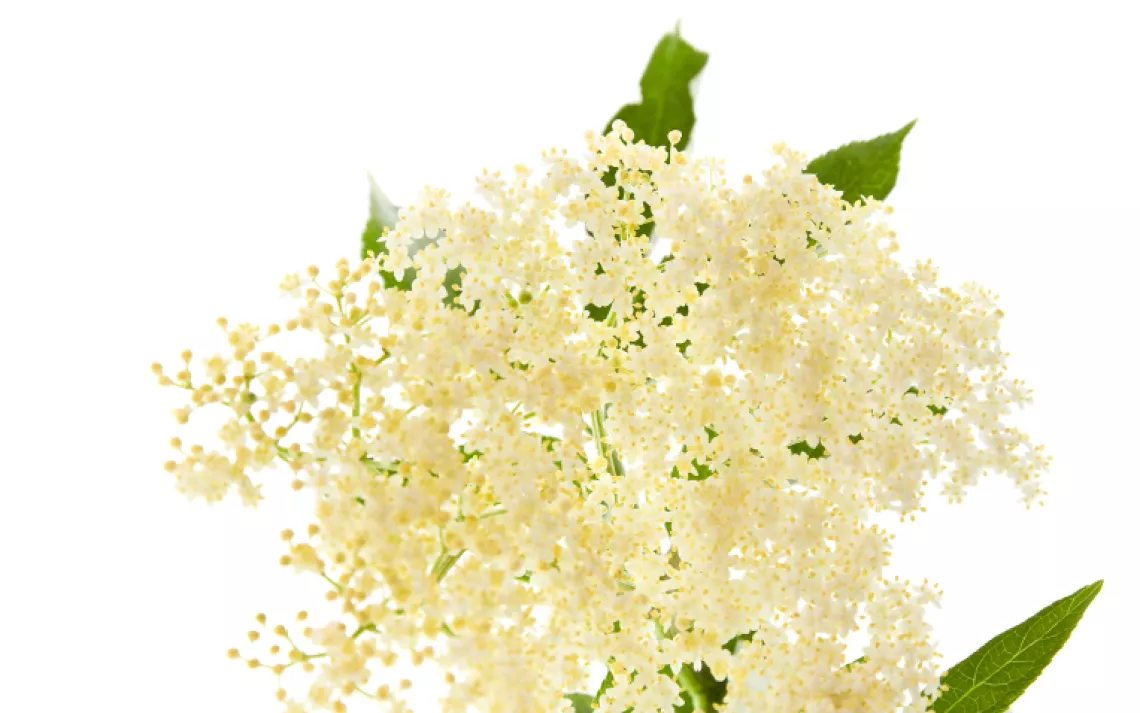
Midsummer magic turns flowers to fruit and the elder is bedecked with clusters of midnight berries. Gather only dark blue and black fruit—unripe berries will make you ill, as will the poisonous product of the red-fruiting elder species. An ancient folk remedy for colds and flu, elderberry’s anti-inflammatory and immunoprotective properties now have support from clinical studies. Elderberry can reduce symptoms, as well as activate healthy immune systems. For best results, cook the fruit; raw elderberries taste more like a curse than a cure. Tradition bottles the berry’s cold-fighting powers in elderberry syrup. Add novel flair to curries, glazes and dressings with elderberry apple chutney. On long summer nights, no one can resist a second helping of elderberry pie or elderberry coffee cake, and elderberry slump tastes much better than it sounds.
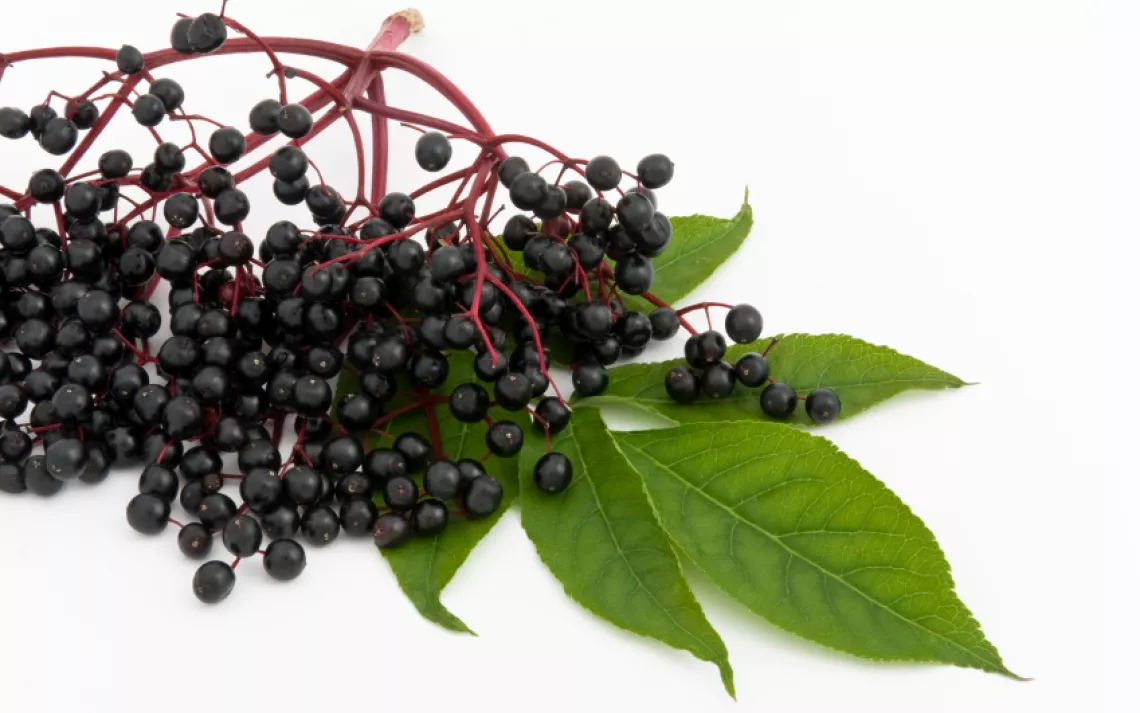
For more foods to forage, along with tips from top chefs, check out our "Five Best Foods to Forage" slideshow. Follow Sierra on Facebook, Twitter, Pinterest and YouTube.
 The Magazine of The Sierra Club
The Magazine of The Sierra Club